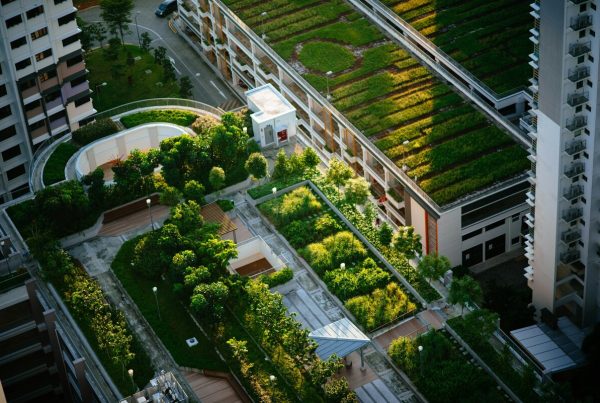We’re used to seeing PETA vegan campaigns featuring celebrities clad only in various produce. This time around, the Virginia-based animal rights organization is giving us an idea of the scope in which veganism is currently embraced by all of America. Recently it released its list of the top ten most vegan cities in the US, with Austin, Texas, Portland, Oregon, and Los Angeles California heading the pack.
The basis for PETA’s list is the number and variety of restaurants catering to vegan diets that can be found in each city, which naturally reflect the vegan lifestyle of the populace there. Actually, the article in the PETA website reads like a long commercial plug for vegan restaurants, but perhaps the most surprising is the fact that Austin, Texas, home of the U.S. cattle industry, tops the list. (PETA’s 2010 top ten list does not include Austin at all.
The point is, these vegan cities didn’t happen overnight. Somewhere along the way, businesses and customers’ taste aligned together. Veganism is no longer just a passing trend, but a definite lifestyle people commit themselves to—and so businesses were only happy to respond to customers’ demand.
* * *
All these talk about eating vegan eventually leads me to wonder what exactly is growing right in everyone’s gardens. Pam Warhurst in a TED talk last August 2012 makes a compelling case for edible landscapes. Seeing unused, vacant lots in her small town of Todmorden in England, she had an idea of turning them into vegetable gardens in which the entire community can pitch in, calling the project Incredible Edible.
In particular, Pam Warhurst cites the irony of the hospital in their town whose garden features, of all things, prickly cacti. So instead of ornamental plants, they started planting edible plants. Which makes sense, of course. After all, a garden that grows and supplements a community’s food needs beats any verdant bush or vividly-blooming field of flowers there is.
The town of Todmorden didn’t exactly go vegan— but even better, with this edible landscape program, everyone in the community now has a clearer sense of how food gets to their plate.
* * *
On a fine day, get out of your office building, look around and notice the built-in landscaped garden growing in the area. Chances are, there’s nothing edible there. There might be lovely groves of bamboo, bright shocks of flowers, flourishing ficus, and lush groundcover plants. Sometimes we even allocate space for ornamental grass.
Whatever the case, trees and plants for commercial landscaping are usually chosen for their aesthetic look, as well as for being hardy and low-maintenance. It helps too if they’re native species to that particular region. In a way, that’s understandable. Xeriscaping—or gardening with plants that don’t require much water—is always a good route to take considering the amount of water conserved each year.
One landscaper I asked even said some of their most popular ornamental trees are the ones that don’t shed too many leaves (less worry about litter on the ground).
Which leads one to think we have too much ornamental greenery fronting our office buildings already. Would it hurt to plant even just one fruit-bearing tree in there? Sure you might say, any tree is better than none. Even trees whose sole purpose is to look pretty have immense benefits to the environment—they give off oxygen, sequester carbon dioxide, provide shade, etc, etc. Right now though, we’re more comfortable keeping the plants and trees outside out our buildings strictly ornamental as possible.
On the other hand, corporate buildings are specifically made for private use—which automatically negates the idea of a communal vegetable garden Todmorden-style. Besides, there’s not too much land that can be devoted to a garden.
But here’s the thing, no land is too small for the ingenious landscaper.
Yes, vegan cities don’t happen just overnight. Sometimes, it starts out small and at the suburban community level where everyone can be involved. And sometimes, if we let it, these edible landscapes can also branch out to the built environment we have right in our cities.











